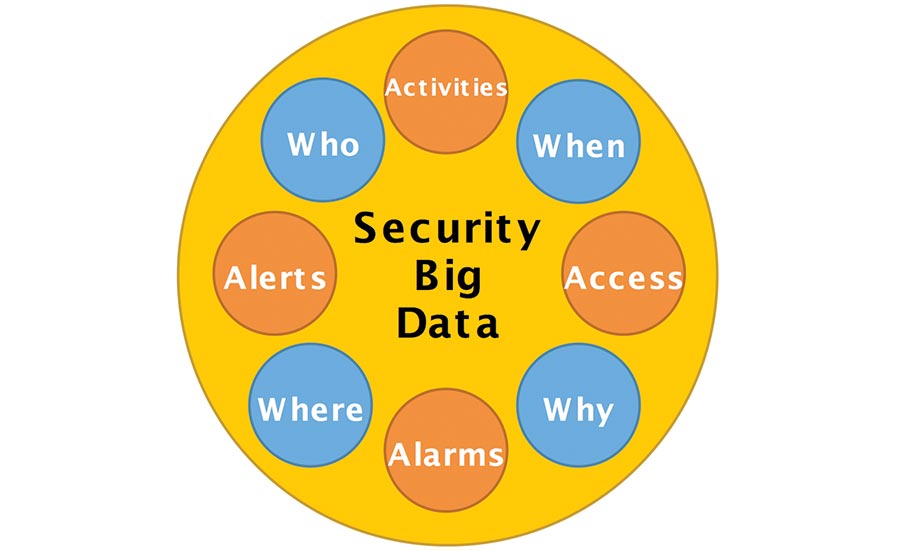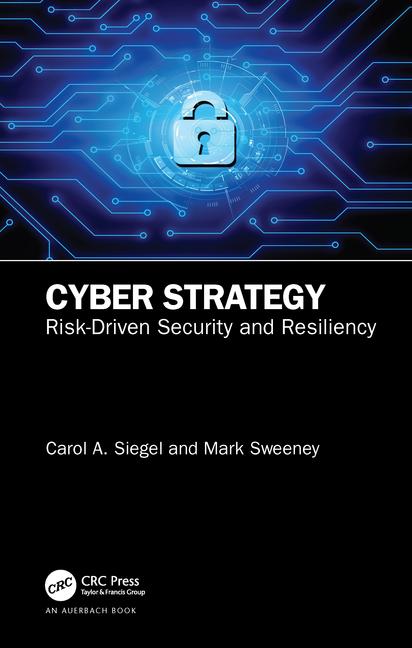How Big Data Can Affect Your Strategy

“Big” is in, especially when it comes to archived information. Data is a hot commodity today, but this only works when the collected data is extensive, relevant to a situation, and effectively analyzed. The massive volume of ever-growing, ever-changing ad hoc data being saved has become a logistical nightmare to manage, categorize, and process with traditional software and database techniques. Good news: there’s ample computer power and innovative tools to help handle huge amounts of information. Huge investments are being made to manage, maintain, and manipulate information. You can even earn a college degree in Big Data. Huge data sets can quickly be analyzed to identify relevant information, reveal patterns, discover trends, and sort relationships. All of this contributes to better decisions and strategic actions.
What does big data have to do with you? Plenty. First, you personally are an active participant and contributor to the collection plate of information. Pretty much every time you use a mobile phone, website, credit card or smart thermostat, information is added to the gargantuan data pool. Initially, information was stored in “data silos” specific to that device or topic and each data set individually used. By creatively tying together multiple sources of information, the challenge of extrapolating insights from independent data sets is overcome. And someone, somewhere, is interested in paying for the insights.
Big data matters if you’re in the security business. It’s exactly what the industry has been doing for years; providing the means to gather, save and share information. Today, much of the security-centered data is important and its value increases with collection and scrutiny of even more information. Security devices and systems use sensors to track what happens; activities, access, alarm and alerts. Stored information answers other common questions — who, where, when and why. Big data is very meaningful when it’s about human behavior and that’s just what security is all about — tracking, capturing and storing information to protect and empower people. New insights gleaned from security big data lead to enhanced experiences and better lives. With big data analytics, the outdoor camera recognizes your client walking up the front steps and turns on the porch light, unlocks the front door, welcomes them home, offers to play their voice messages over the in-ceiling speakers, and makes suggestions for dinner based on who will be home for the meal, their culinary preferences, and what is in the refrigerator.
There’s a loud buzz today about big data, but once again, it’s not just the quantity of data that’s important; it’s what happens with it that matters. Did you know “big data” already exists in your company and you can apply the same principles and reap the benefits?
Let’s take a look inside. Every firm has a plethora of data recorded over the years, just waiting to be mined. Gather the information and analyze it to discover what is working for the company, where improvements can be made, and what new products and service to offer your customers. Start with the records of customers, sales and services. Identify your happy and profitable client profiles and cater to them. Look at the quantity and relationships of leads, proposals, and closed sales. Align time and effort on those opportunities with the highest return. Evaluate the quantity and quality of manufacturers, suppliers, products and services. Narrow the focus and do business with entities you respect. Assess the resources, the team and expenses. Streamline processes, minimize expenses, and leverage resources.
The answers are in the information data. Gather, analyze and leverage information for your company, customers and yourself. Remember, it’s all about big data, so get to know yours. Do the work and reap the rewards. And continue to participate collecting and archiving security info, monitor the opportunities in the industry, leverage big data to help strengthen customer loyalty and increase RMR.
Looking for a reprint of this article?
From high-res PDFs to custom plaques, order your copy today!








